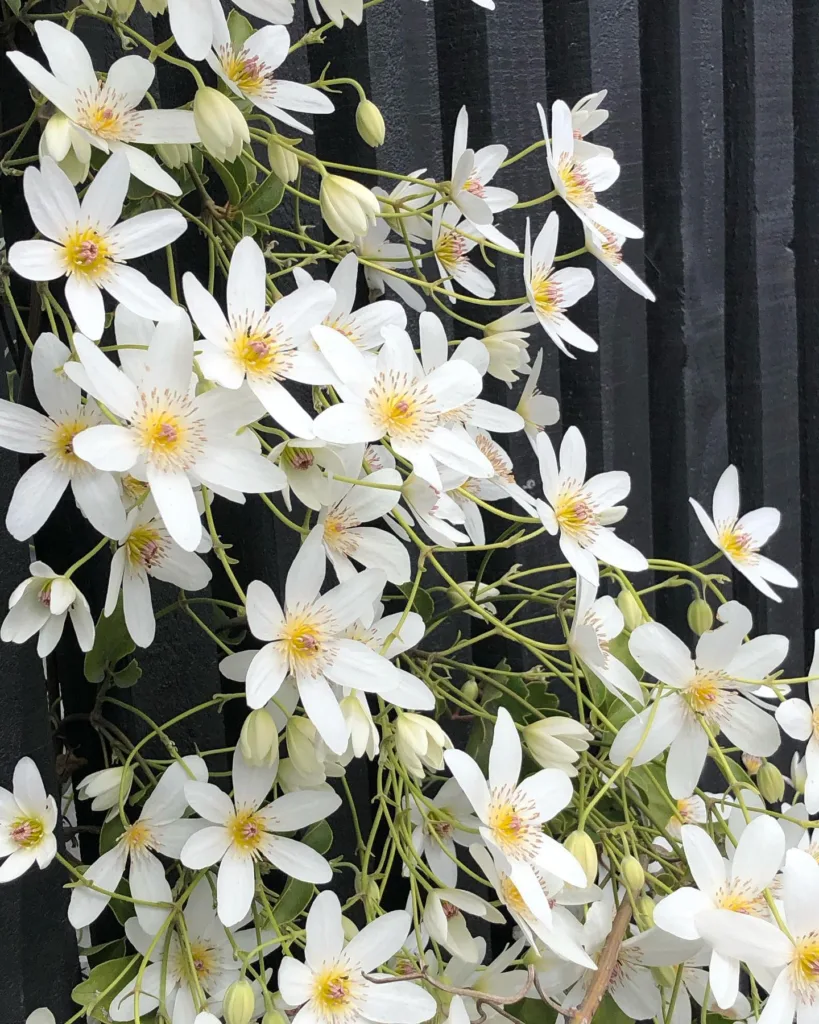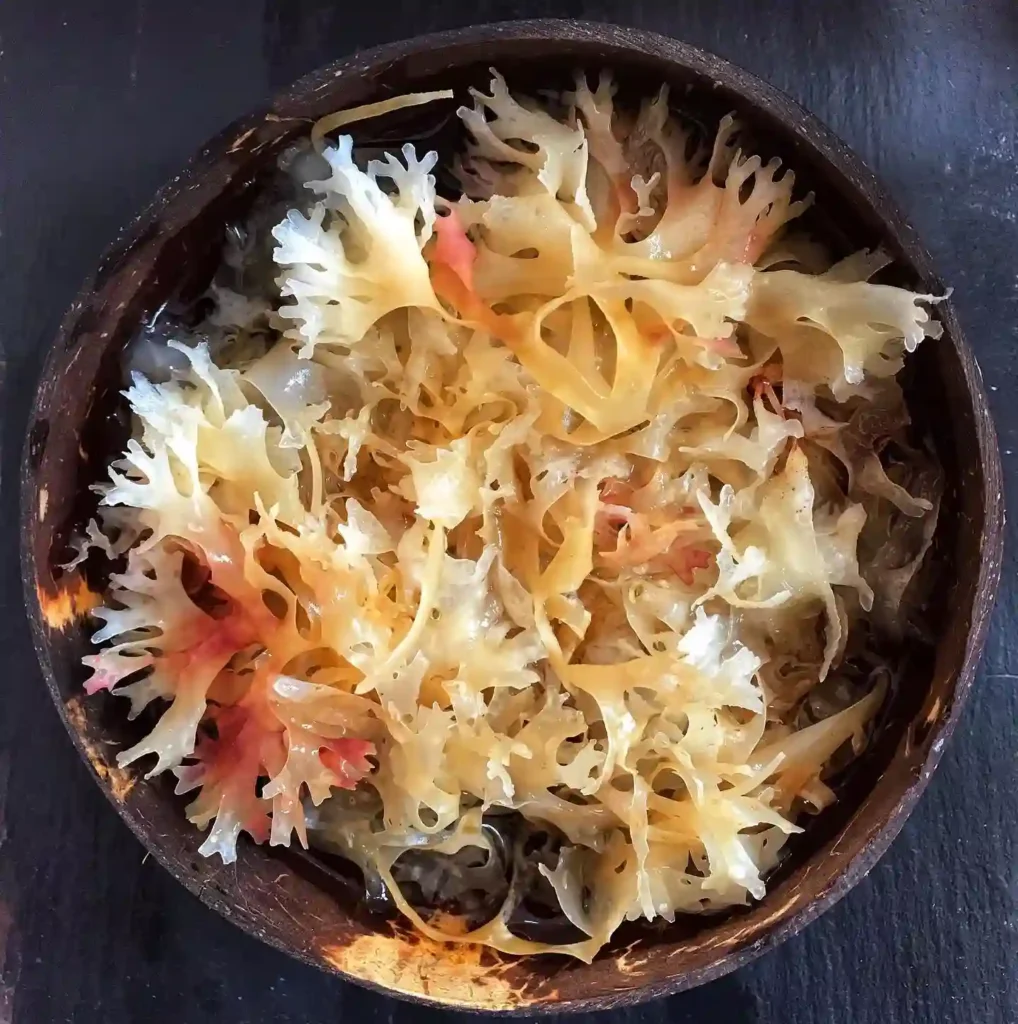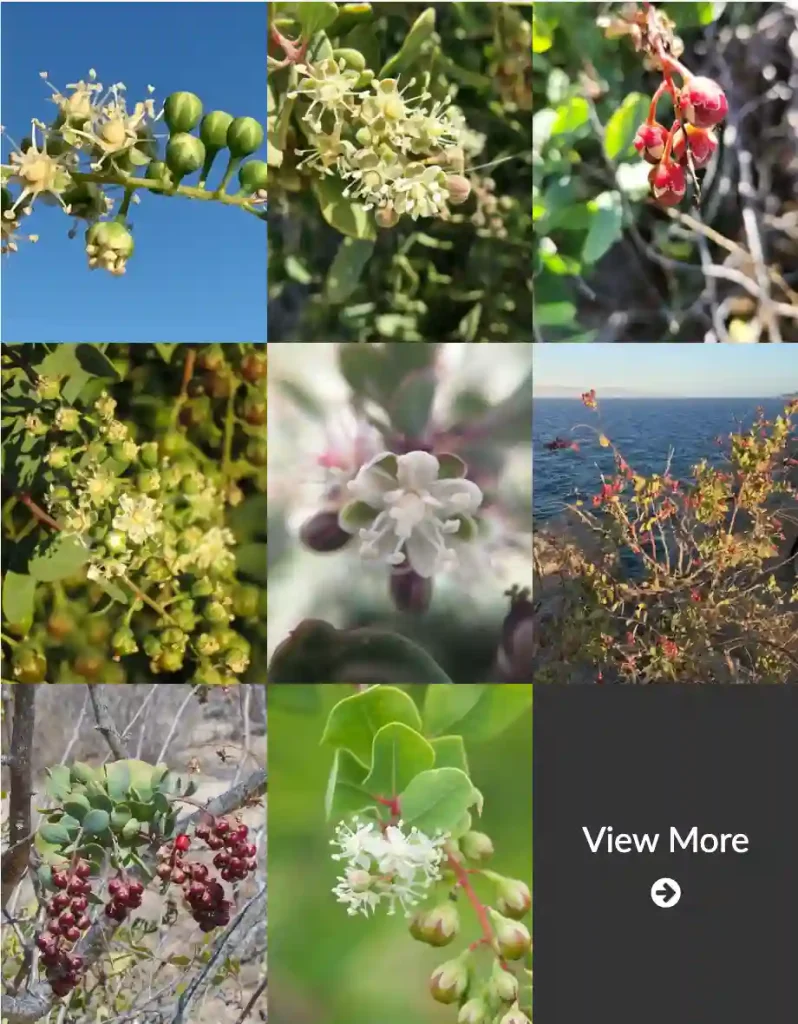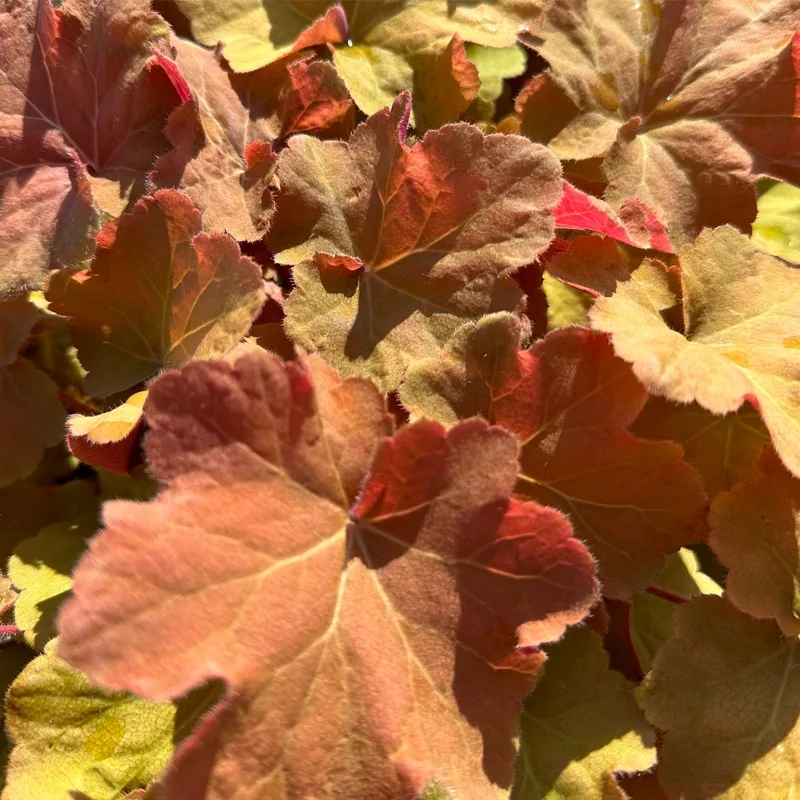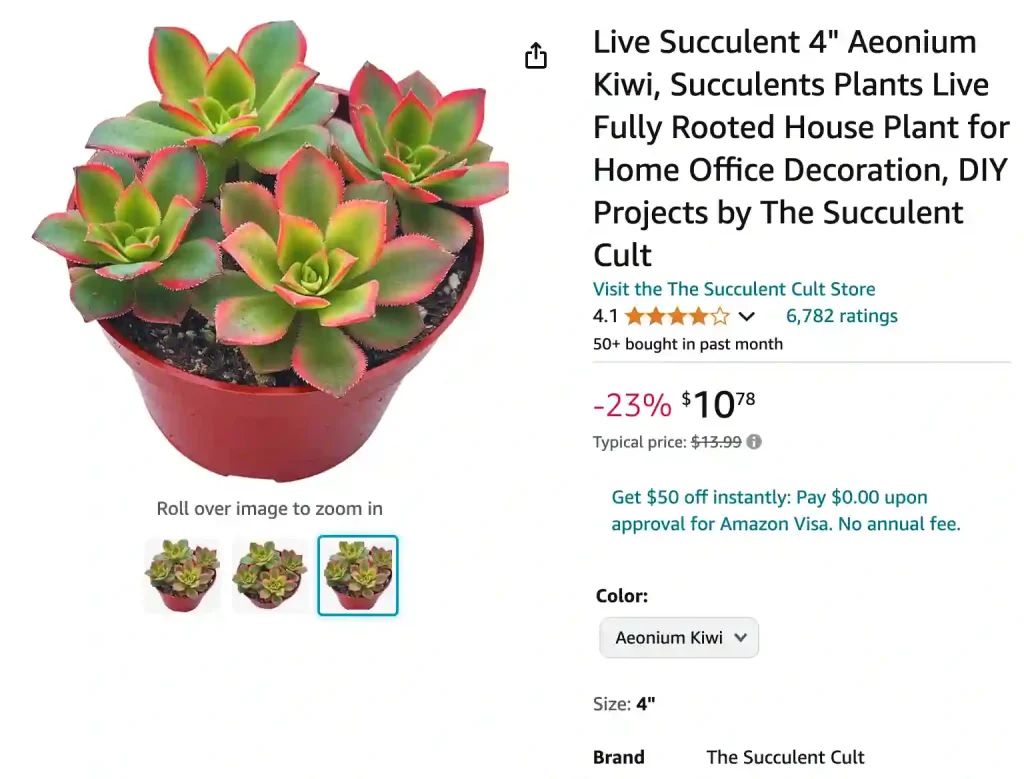
Aeonium Kiwi FAQs: My Experience with This Colorful Succulent
Aeonium Kiwi is one of those succulents that I fell in love with at first sight. Its rosettes of green, yellow, and pink are so eye-catching that it quickly became a favorite in my garden. Over time, I’ve learned quite a bit about caring for Aeonium Kiwi, and I’d love to share my insights and answer some of the frequently asked questions about this beautiful plant.
91 Species in Genus Aeonium
What is Aeonium Kiwi?
Aeonium Kiwi, also known as Aeonium Haworthii ‘Kiwi’, is a popular succulent known for its vibrant rosettes. Each rosette can display shades of green, yellow, and pink, making it a standout in any succulent collection. This plant is a hybrid and is prized for its striking appearance and relatively easy care requirements.
How to Care for Aeonium Kiwi?
Caring for Aeonium Kiwi is relatively straightforward, but it does have specific needs to thrive. Here’s what I’ve found works best:
- Light: Aeonium Kiwi loves bright, indirect sunlight. I keep mine in a spot where it gets plenty of morning sun but is shielded from the harsh afternoon rays. If grown indoors, a bright windowsill works great.
- Watering: Like most succulents, Aeonium Kiwi doesn’t need frequent watering. I let the soil dry out completely between waterings. During the summer, I water it once a week, but in the winter, when the plant is dormant, I cut back to once every three to four weeks.
- Soil: Well-draining soil is crucial. I use a cactus or succulent mix, sometimes adding a bit of perlite to improve drainage.
- Temperature: Aeonium Kiwi prefers moderate temperatures. It doesn’t like extreme heat or cold. I try to keep it in a temperature range between 65°F to 75°F.
- Fertilizing: A light feeding during the growing season (spring and summer) with a balanced, diluted fertilizer helps keep Aeonium Kiwi healthy. I avoid fertilizing during dormancy.
How to Propagate Aeonium Kiwi?
Propagating Aeonium Kiwi is relatively easy and rewarding. Here’s how I do it:
- Leaf Cuttings: The easiest way to propagate Aeonium Kiwi is through leaf cuttings. I gently twist off a healthy leaf from the base, let it dry out for a day or two to callous, and then place it on well-draining soil. Keeping the soil lightly moist (but not wet) encourages rooting.
- Offsets: Aeonium Kiwi often produces offsets, or baby plants, around the base. I carefully remove these offsets, let them callous for a day, and plant them in their pots.
Can I Repot Aeonium Kiwi in September?
Yes, you can repot Aeonium Kiwi in September, especially if you live in a warm climate. In Florida, where I live, September is a good time to repot because the weather is still warm enough for the plant to recover from the stress of repotting. Just make sure to use fresh, well-draining soil, and avoid watering immediately after repotting to prevent root rot.
Can Aeonium Kiwi Be Left Outside in Winter?
Aeonium Kiwi is not frost-tolerant. If you live in an area where temperatures drop below 40°F, it’s best to bring your Aeonium Kiwi indoors for the winter. I keep mine in a sunny room or greenhouse during the colder months. If you must leave it outside, protect it from frost by covering it or moving it to a sheltered location.
Do Aeonium Kiwi Drop Leaves in Dormancy?
Yes, it’s normal for Aeonium Kiwi to drop leaves during dormancy, which typically happens in the hot summer months. The plant goes into a semi-dormant state to conserve energy and water. When this happens, I reduce watering and wait for cooler temperatures before resuming regular care.
How Tall is Aeonium Kiwi?
Aeonium Kiwi can grow up to 2 feet tall, with each rosette reaching about 4 to 6 inches in diameter. The plant has a branching habit, which means it can spread out and create a beautiful, bushy appearance over time.
When to Repot Aeonium Kiwi in Florida?
In Florida, the best time to repot Aeonium Kiwi is during the cooler months, from late fall to early spring. This timing helps avoid the intense summer heat, which can stress the plant. I usually aim for early spring when the plant is ready to enter its growing phase.
Why Do Aeonium Kiwi Leaves Turn Dark?
Darkening leaves on Aeonium Kiwi can be a sign of too much direct sunlight or stress. If I notice this happening, I move the plant to a spot with filtered light. It can also be due to underwatering or overwatering. Ensuring that the soil has good drainage and adjusting my watering routine usually helps the plant bounce back.
Is Aeonium Kiwi Toxic?
Good news for pet owners—Aeonium Kiwi is non-toxic to pets and humans. I have both dogs and cats, and I’ve never had to worry about them nibbling on this plant.
Can You Grow Aeonium Kiwi Indoors?
Absolutely! Aeonium Kiwi can thrive indoors, provided it gets enough light. I keep mine near a south-facing window, where it gets plenty of indirect sunlight. Indoors, I find it easier to control the watering and temperature, which keeps the plant healthy and vibrant.
What to Plant with Aeonium Kiwi?
Aeonium Kiwi looks great when paired with other succulents, such as Echeveria or Sedum. I like to create succulent arrangements that highlight its colorful rosettes. It also pairs well with plants that have contrasting textures, like Haworthia or Aloe.
Common Problems with Aeonium Kiwi
Some common issues with Aeonium Kiwi include:
- Overwatering: This can lead to root rot, which is a common problem. I avoid overwatering by letting the soil dry out completely between waterings.
- Pests: Occasionally, Aeonium Kiwi can attract pests like aphids or mealybugs. I use a mild insecticidal soap or neem oil to keep these pests at bay.
- Sunburn: Too much direct sunlight can cause leaf burn. I provide partial shade during the hottest part of the day to prevent this.
Aeonium Kiwi is a beautiful and relatively easy-to-care-for succulent that brings a splash of color to any garden or indoor space. By understanding its needs and following some basic care guidelines, you can enjoy the vibrant hues and charming rosettes of this lovely plant all year round.
If i die, water my plants!
